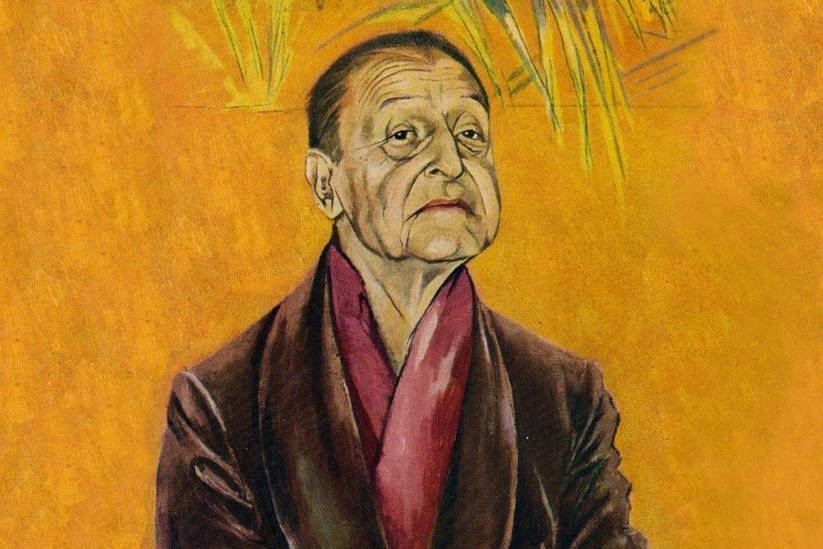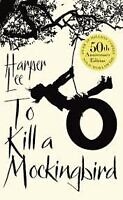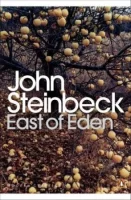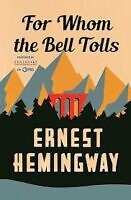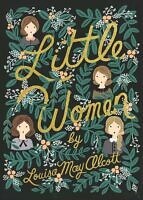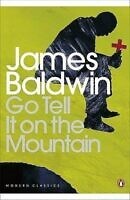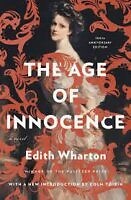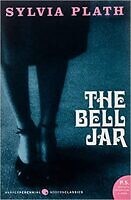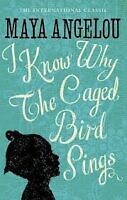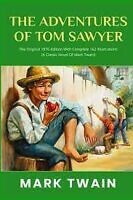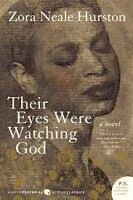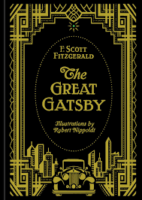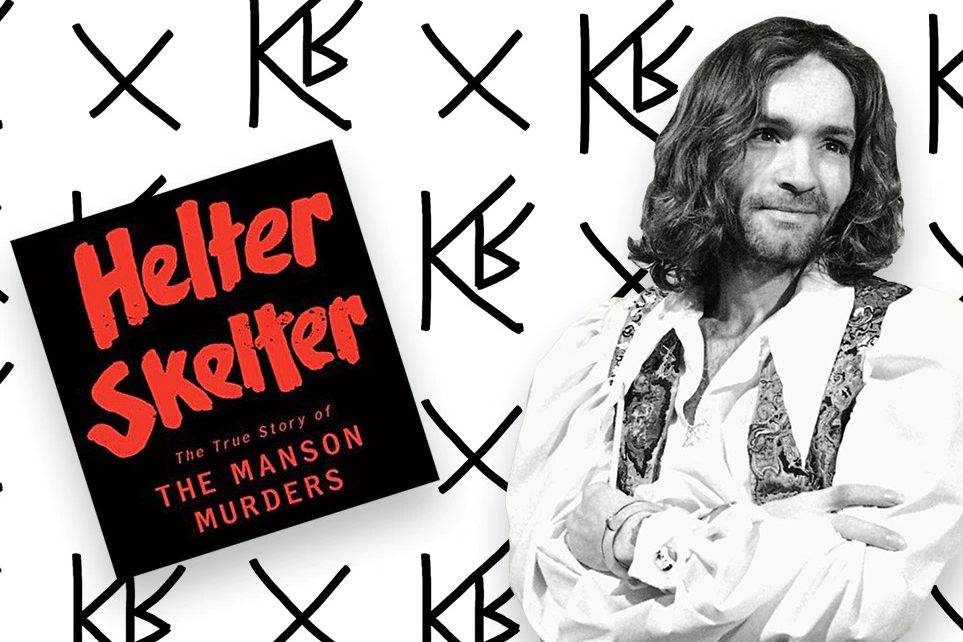11 Classic American Books Everyone Should Read
 classic american
classic american
11 Classic American Books Everyone Should Read
From John Steinbeck’s classic East of Eden to James Baldwin debut novel Go Tell It on the Mountain, we’ve delved into all the classics of American Literature and selected 11 Classic American Books Everyone Should Read.
To Kill a Mockingbird by Harper Lee
Harper Lee’s Pulitzer Prize-winning masterwork of honor and injustice in the deep South—and the heroism of one man in the face of blind and violent hatred
One of the best-loved stories of all time, To Kill a Mockingbird has been translated into more than forty languages, sold more than forty million copies worldwide, served as the basis for an enormously popular motion picture, and was voted one of the best novels of the twentieth century by librarians across the country.
A gripping, heart-wrenching, and wholly remarkable tale of coming-of-age in a South poisoned by virulent prejudice, it views a world of great beauty and savage inequities through the eyes of a young girl, as her father—a crusading local lawyer—risks everything to defend a black man unjustly accused of a terrible crime.
East of Eden by John Steinbeck
Set in the rich farmland of California’s Salinas Valley, this sprawling and often brutal novel follows the intertwined destinies of two families—the Trasks and the Hamiltons—whose generations helplessly reenact the fall of Adam and Eve and the poisonous rivalry of Cain and Abel. Here Steinbeck created some of his most memorable characters and explored his most enduring themes: the mystery of identity; the inexplicability of love; and the murderous consequences of love’s absence.
For Whom the Bell Tolls by Ernest Hemingway
Inspired by his experiences as a reporter during the Spanish Civil War, Ernest Hemingway’s For Whom the Bell Tolls tells the story of Robert Jordan, an American volunteer in the International Brigades fighting to defend the Spanish Republic against Franco. After being ordered to work with guerrilla fighters to destroy a bridge, Jordan finds himself falling in love with a young Spanish woman and clashing with the guerrilla leader over the risks of their mission.
One of the great novels of the twentieth century, For Whom the Bell Tolls was first published in 1940. It powerfully explores the brutality of war, the loss of innocence and the value of human life.
Little Women by Louisa May Alcott
In picturesque nineteenth-century New England, tomboyish Jo, beautiful Meg, fragile Beth, and romantic Amy are responsible for keeping a home while their father is off to war. At the same time, they must come to terms with their individual personalities—and make the transition from girlhood to womanhood. It can all be quite a challenge. But the March sisters, however different, are nurtured by their wise and beloved Marmee, bound by their love for each other and the feminine strength they share.
Readers of all ages have fallen instantly in love with these Little Women. Their story transcends time—making this novel endure as a classic piece of American literature that has captivated generations of readers with their charm, innocence, and wistful insights.
Go Tell It on the Mountain by James Baldwin
Go Tell It On The Mountain, first published in 1953, is Baldwin’s first major work, a novel that has established itself as an American classic. With lyrical precision, psychological directness, resonating symbolic power, and a rage that is at once unrelenting and compassionate, Baldwin chronicles a fourteen-year-old boy’s discovery of the terms of his identity as the stepson of the minister of a storefront Pentecostal church in Harlem one Saturday in March of 1935.
Baldwin’s rendering of his protagonist’s spiritual, sexual, and moral struggle of self-invention opened new possibilities in the American language and in the way Americans understand themselves.
The Age of Innocence by Edith Wharton
Edith Wharton’s Pulitzer Prize-winning novel, The Age of Innocence, is both a poignant story of frustrated love and an extraordinarily vivid, delightfully satirical record of a vanished world – the Gilded Age of New York City.
As the scion of one of New York’s leading families, Newland Archer has been born into a life of sumptuous privilege and strict duty. But the arrival of the Countess Olenska, a free spirit who breathes clouds of European sophistication, makes him question the path on which his upbringing has set him. As his fascination with her grows, he discovers just how hard it is to escape the bonds of the society that has shaped him.
The Bell Jar by Sylvia Plath
The Bell Jar chronicles the crack-up of Esther Greenwood: brilliant, beautiful, enormously talented, and successful, but slowly going under—maybe for the last time. Sylvia Plath masterfully draws the reader into Esther’s breakdown with such intensity that Esther’s neurosis becomes completely real and even rational, as probable and accessible an experience as going to the movies. Such deep penetration into the dark and harrowing corners of the psyche is an extraordinary accomplishment and has made The Bell Jar an enduring classic.
I Know Why the Caged Bird Sings by Maya Angelou
Sent by their mother to live with their devout, self-sufficient grandmother in a small Southern town, Maya and her brother, Bailey, endure the ache of abandonment and the prejudice of the local “powhitetrash.”
At eight years old and back at her mother’s side in St. Louis, Maya is attacked by a man many times her age—and has to live with the consequences for a lifetime. Years later, in San Francisco, Maya learns that love for herself, the kindness of others, her own strong spirit, and the ideas of great authors (“I met and fell in love with William Shakespeare”) will allow her to be free instead of imprisoned.
Poetic and powerful, I Know Why the Caged Bird Sings will touch hearts and change minds for as long as people read.
The Adventures of Tom Sawyer by Mark Twain
Mischief is Tom Sawyer’s middle name. There is nothing he likes better than playing hookey from school, messing about on the Mississippi with his best friend, the hobo Huckleberry Finn, or wooing the elusive beauty Becky Thatcher.
But there is method in his badness. He exhibits all the cunning of a magpie when hatching an elaborate scheme to avoid whitewashing a fence, and an adventure downriver with Huck and Joe Harper plunges the little town of St Petersburg into such an outpouring of grief that Tom is spared the belt on his return.
But the innocent adventures end suddenly when Tom and Huck witness a murder in the graveyard. Should they tell of what they saw under the moonlight, when Injun Joe slipped the bloodstained knife into the hands of Muff Potter? Or should they ‘keep mum’ and risk letting an innocent man go to the gallows?
Their Eyes Were Watching God by Zora Neale Hurston
When, at sixteen, Janie is caught kissing shiftless Johnny Taylor, her grandmother swiftly marries her off to an old man with sixty acres. Janie endures two stifling marriages before meeting the man of her dreams – who offers not diamonds, but a packet of flowering seeds.
This poetic, graceful love story, rooted in Black folk traditions and steeped in mythic realism, celebrates boldly and brilliantly African-American culture and heritage.
The Great Gatsby by F. Scott Fitzgerald
The world and his mistress are at Jay Gatsby’s party. But Gatsby stands apart from the crowd, isolated by a secret longing. In between sips of champagne his guests speculate about their mysterious host. Some say he’s a bootlegger. Others swear he was a German spy during the war. They lean in and whisper ‘he killed a man once’. Just where is Gatsby from and what is the obsession that drives him?
Give our Great American Novel Quiz a try and test your knowledge of American Literature



